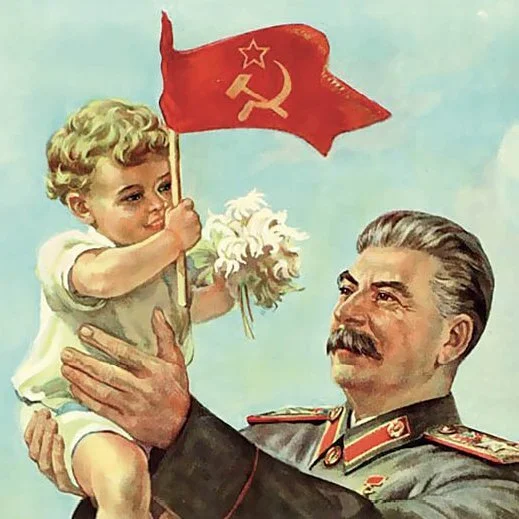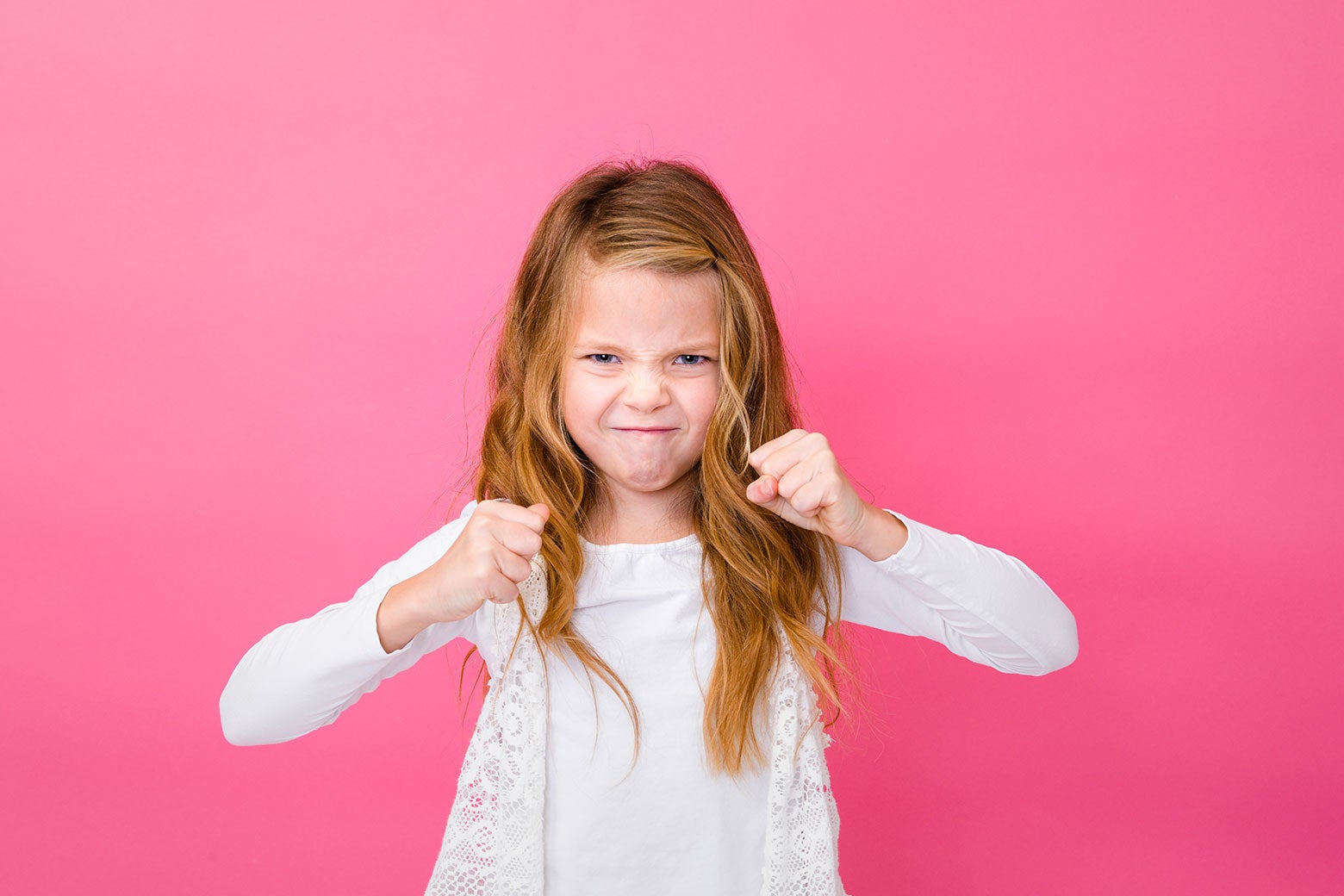The parents never hit their child (back), by the way, only she may hit them if she asks, and is allowed to.
Two excerpts that explain the underlying philosophy:
In the world, Nic points out, women are largely on the receiving end of violence, and in his family that was contrasted with his mom, who would teach the kids judo and jujitsu techniques. His aunt was a national judo champion, and the best judoka in the family. People would come to spar with the family, and they would be paired with his aunt, who is 5-foot-4 on a good day. He grew up seeing pictures of her throwing 200-pound men, their heels flying in the air. Then he would see other people’s families, in which violence was just framed as a negative, end of story.
Margo wants some of Nic’s female relatives’ confidence for our daughter—whether or not she wants to be a martial artist, Margo wants her to be physically prepared for life. Margo has felt so unprepared physically for so many scenarios she’s found herself in, starting with being a young woman in New York City, getting grabbed and groped and followed home and jerked off to on the subway. She wonders how she could have responded differently to all those incidents if she’d had a practice of physical mastery that wasn’t dependent on size or brute strength.
After a lifetime of seeing those dynamics, Nic wants the same thing for his children that he was given: the power to protect themselves and the people around them, and the knowledge to be able to know what does and doesn’t warrant a physical reaction. “I give them a space in the home to practice learning those parts of themselves,” he says, “so if they are in a situation, they are not in that space for the first time.”
“I just want to cultivate children who can protect themselves.”
I like that it involved a girl in this case, but it could also allow boys to still fight eachother as a form of consensual play, and accepting "no" for an answer. Just saying "all violence is bad" can lead to problems down the line when they can no longer control themselves and have zero experience.



Checks out.
Hardest part of onboarding women in to boffer larps was that most women were trained their whole life not to hit people and definitely not run around whooping and hollering and cussing in dead languages smacking people with (foam) swords as hard as they can.
We used to more or less just hand people, men, women, enbies, everyone, a boffer sword and say "I want you to hit me as hard as you can because one of the first things we need you to learn is that these boffers we use are safe, and that under any normal circumstance you can't hurt someone with them." And we'd just tell them yeah, great, that was good, hit me again, hit me again. See how it stings, I wince a little, but there's no mark and no bruise? I'm fine, you're not hurting me, this is play, this is fun, you're not doing anything wrong by being physical and aggressive.
And then, usually, about three hours later, we'd have the "Please don't try to actually kill your fellow larpers I know you're drunk on the power of violence but putting your feet on someone's shoulder and trying to twist their head off is not a legal move. Also please put your shirt back on it's not our rule we just don't want to deal with the park police." And usually folks would find a balance point between socially acceptable passivity and shield-chewing berserker rage.
Turns out; Women are dangerous as fuck. Yeah, not pound for pound as strong as men, and a fat lot of luck that will do you when someone pool-cues a spear through your ribs with a full extension lunge from eight feet away.
Civilization is only three meals away from barbarism, or twenty minutes of running around in the park with a foam bat yelling cusses.